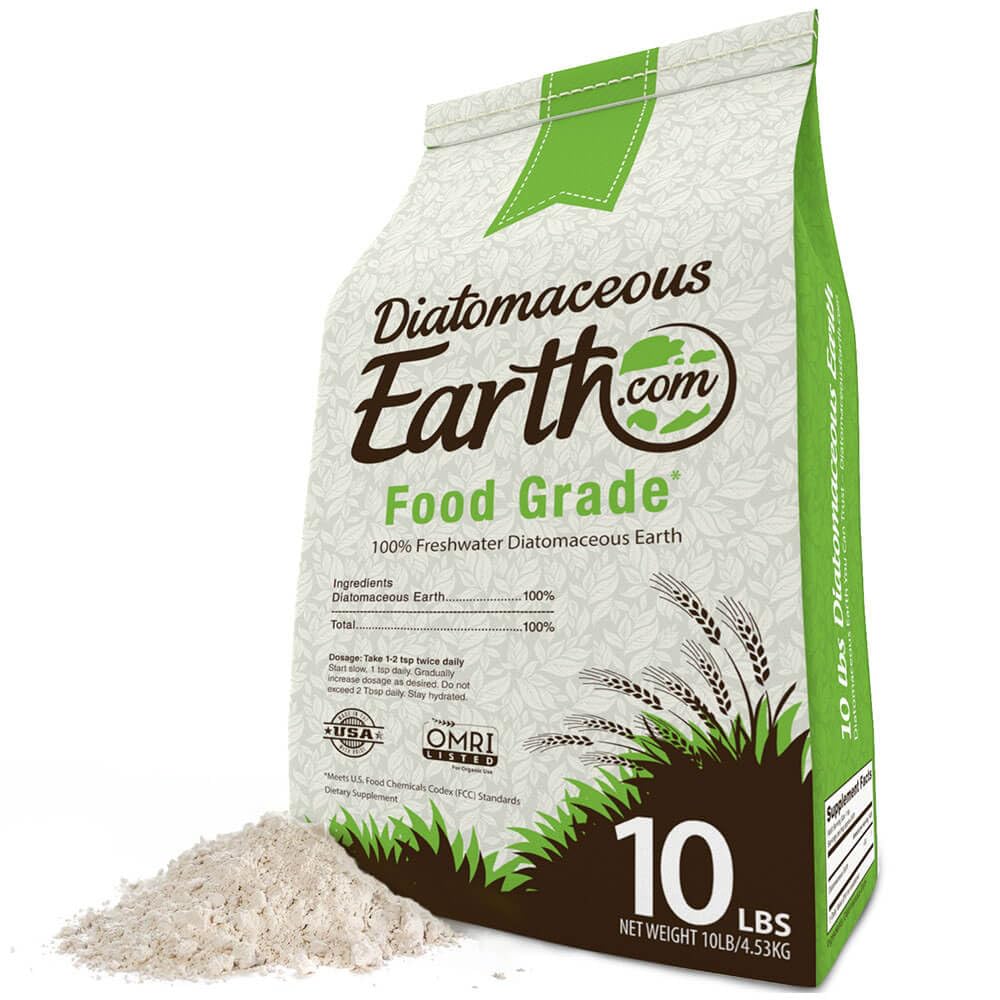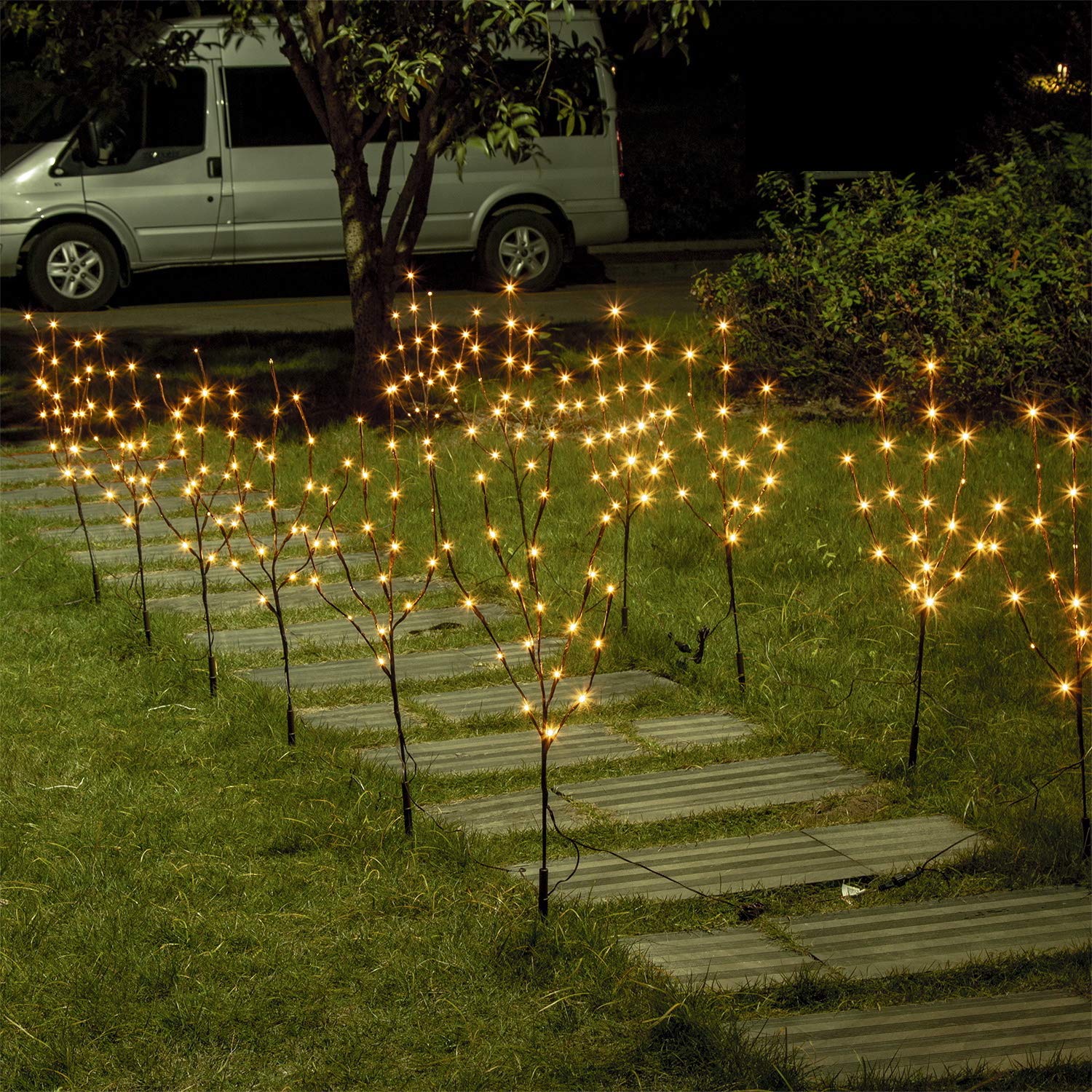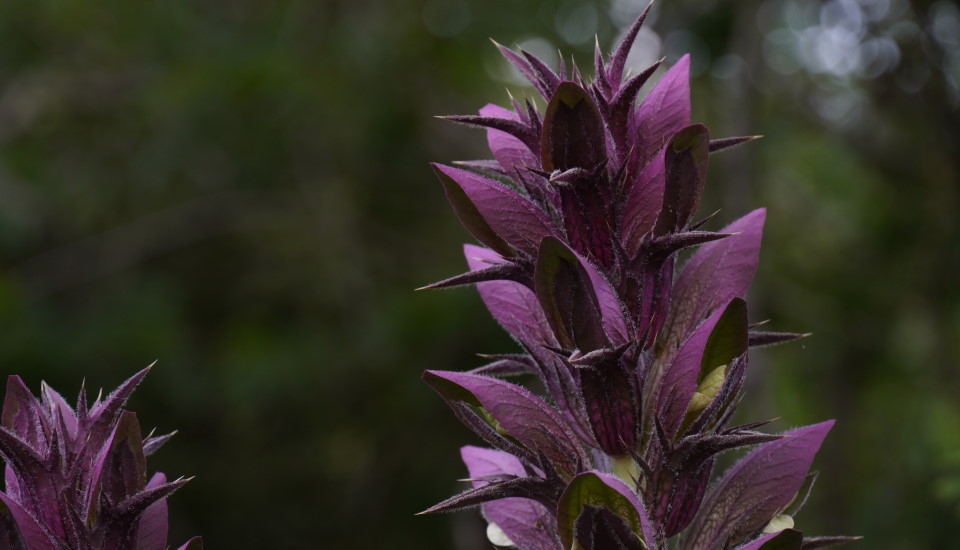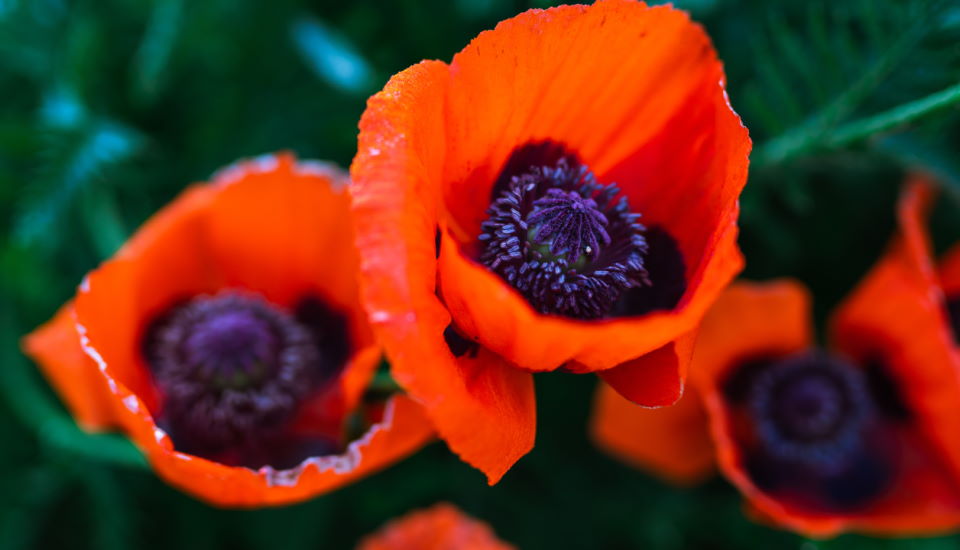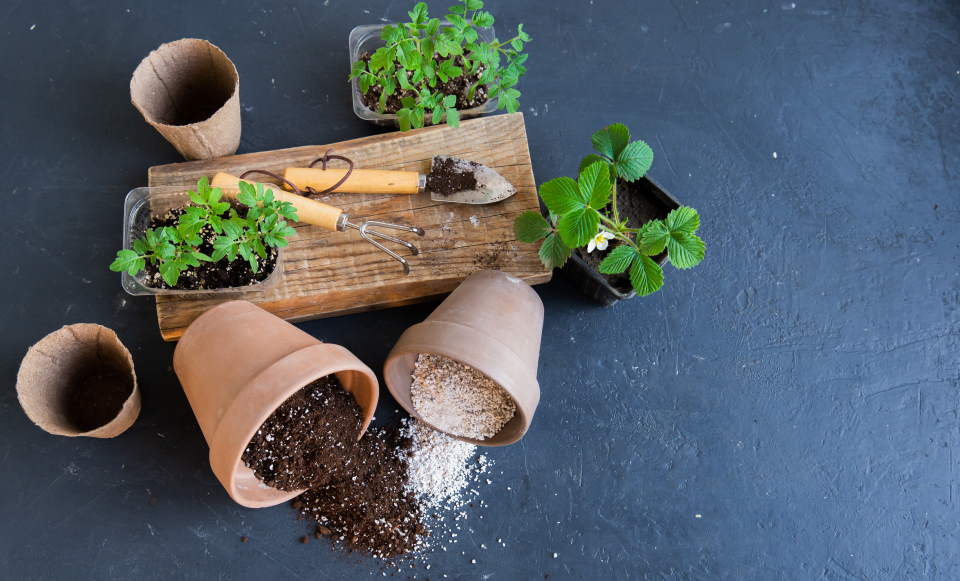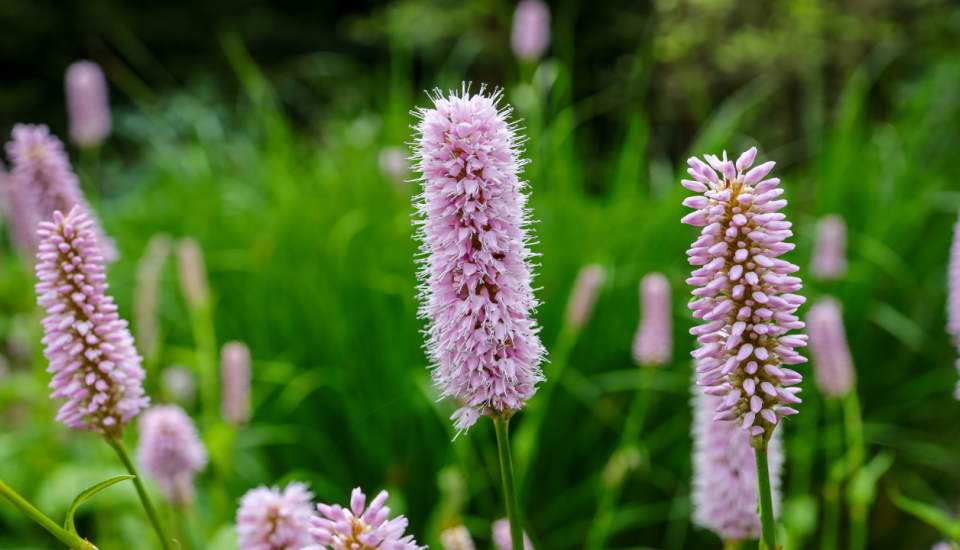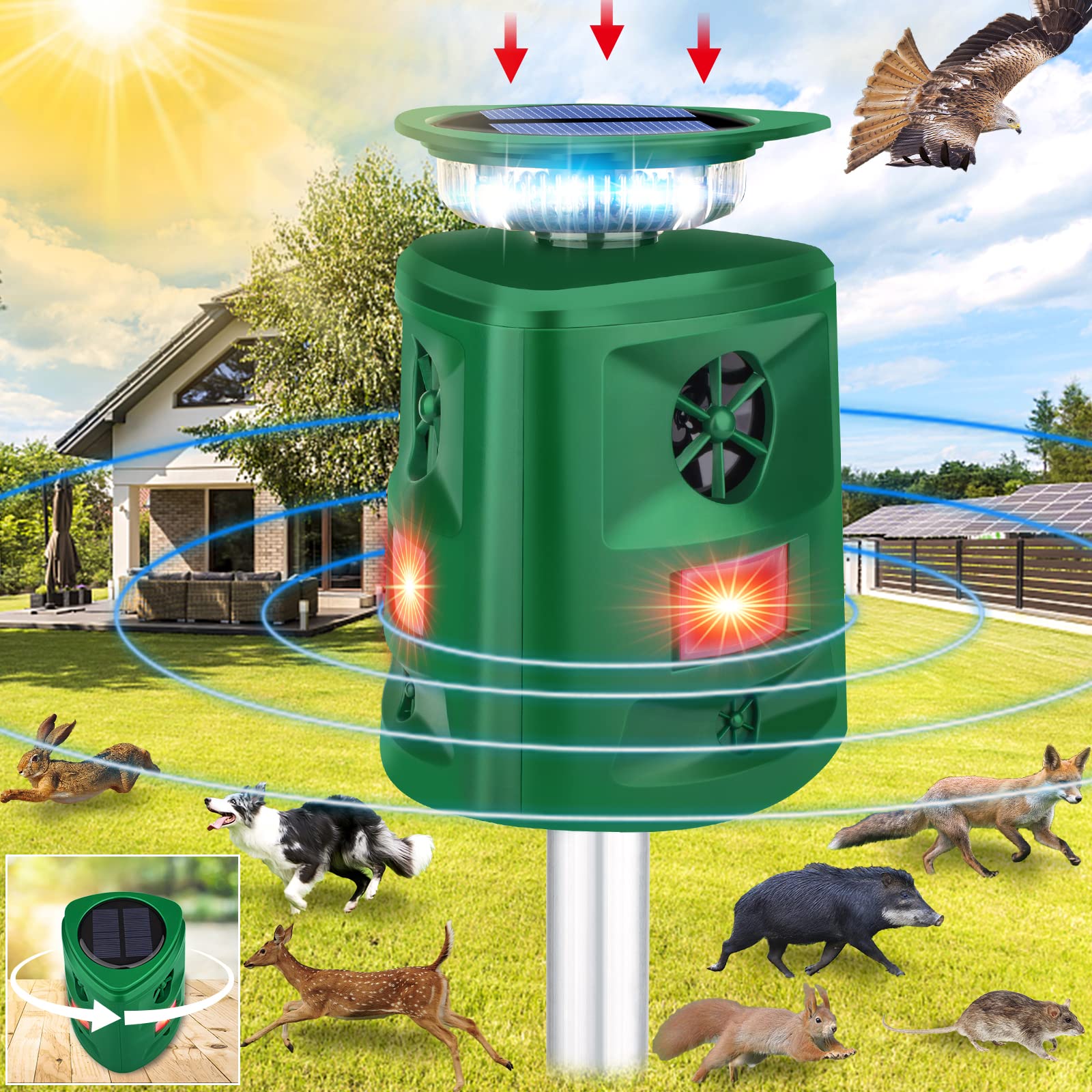This is a "starter" list of native plants for Western Oregon and Western Washington. It is intended for residential or commercial landscapers who want to
This is a "starter" list of native plants for North Carolina and South Carolina. It is intended for residential or commercial landscapers who want to
This is a "starter" list of native plants for New York, Pennsylvania, and Northern New Jersey. It is intended for residential or commercial landscapers who
This is a "starter" list of native plants for North Dakota, South Dakota and Western Minnesota. It is intended for residential or commercial landscapers who
This is a "starter" list of native plants for Hawaii. It is intended for residential or commercial landscapers who want to create attractive and varied
This is a "starter" list of native plants for Idaho, Eastern Oregon, and Eastern Washington. It is intended for residential or commercial landscapers who want
This is a "starter" list of native plants for Montana and Wyoming. It is intended for residential or commercial landscapers who want to create attractive
This is a “starter” list of native plants for Ohio and Indiana. It is intended for residential or commercial landscapers who want to create attractive
This is a "starter" list of native plants for Kentucky and Tennessee. It is intended for residential or commercial landscapers who want to create attractive
This is a "starter" list of native plants for Michigan, Wisconsin, & Eastern Minnesota. It is intended for residential or commercial landscapers who want to
This is a "starter" list of native plants for Nebraska, Kansas, and Eastern Colorado. It is intended for residential or commercial landscapers who want to
This is a "starter" list of native plants for Utah and Western Colorado. It is intended for residential or commercial landscapers who want to create
This is a "starter" list of native plants for Connecticut, Massachussetts, and Rhode Island. It is intended for residential or commercial landscapers who want to
This is a "starter" list of native plants for New Hampshire, Maine and Vermont. It is intended for residential or commercial landscapers who want to
This is a "starter" list of native plants for Maryland, Virginia, and West Virginia. It is intended for residential or commercial landscapers who want to
This is a "starter" list of native plants for Delaware, Southern New Jersey, and Long Island, New York. It is intended for residential or commercial
This is a "starter" list of native plants for Arizona and New Mexico. It is intended for residential or commercial landscapers who want to create
This is a "starter" list of native plants for Illinois, Iowa & Missouri. It is intended for residential or commercial landscapers who want to create
Here we present some representative native plants: trees, shrubs and herbaceous plants for different regions of the United States. To learn more about native plants
This is a "starter" list of native plants for Georgia, Alabama and Mississippi. It is intended for residential or commercial landscapers who want to create
This is a "starter" list of native plants for Alaska. It is intended for residential or commercial landscapers who want to create attractive and varied
See Also: Plants Native to Oklahoma for Landscaping [with Pictures] The Best Texas Native Plants for Landscaping This is a "starter" list of native plants
Those who want to plant native plants in their yard should choose a variety of Oregon ground covers. A good choice is the long-leaf Oregon
Are you looking for a diverse array of flowering plants for your Oregon pollinator garden? We’ve got 30 pollinator favorites that are sure to thrive
Are you looking to attract bees, butterflies, and other pollinators to your Arizona garden? We’ve compiled a list of 20 nectar- and pollen-rich plants that
If you want to create a beautiful landscape with minimal maintenance, choosing native plants is crucial. And if you live in Texas, you’ll be happy
If you live in Florida and you want to attract hummingbirds to your garden, you are probably wondering what plants you should grow. There are
For avid gardeners, there’s no shortage of ways to beautify their outdoor area. In addition to gardening tools and plants, many Floridians like to use
Several species of plants native to Wisconsin attract pollinators and other beneficial insects. This can make a big difference in your backyard, the garden, or
We compiled a collection of native flowering shrubs that are native to the northeastern United States. The shrubs are an ideal addition to any landscaping
Have you ever had the pleasure of taking a stroll down a Californian woodland? The beautiful towering trees, the fragrant roses, and the delicate wildflowers
North Carolina is one of the top producers of flowers in the United State. Shrubs are a great way to help your landscape maintain color
Native plants are beautiful, efficient, and tough. The last one is especially important in landscaping because many of our native plants are perfect for Maine’s
Utah is a land of diverse landscapes and ecosystems. With that in mind, it’s no surprise that many beautiful native plants can be used for
Pennsylvania is home to many beautiful native flowering shrubs. Shrubs are an excellent way to add color and interest to your garden and are relatively
Indiana is home to over 1,700 species of native plants, but only a few of these species have been documented in scientific literature. These plants,
Iowa is home to various native plants, which are perfect for landscaping. One popular option is the big bluestem, a tall grass that provides excellent
Illinois is home to natural forests, prairies, wetlands, and meadows. The state has more than 100 native plant species, many found nowhere else in the
Oklahoma has a variety of different environments and a lot of plants that are found in these regions. Native plant species are also very prevalent
Michigan’s rich botanical heritage is an excellent resource for native plants suitable for growing in the state. This article offers a list of native plants
Missouri is one of the most biodiverse states in the United States, meaning there are many different kinds of plants. Missouri Native plants are plants
Connecticut is home to many native plants that have adapted to the changing conditions of the Connecticut environment and suitable for use in landscaping. Connecticut
New York is a unique place with plenty of unspoiled nature. We’ve put together this list of New York native plants you can use in
Colorado is one of the great states to live in if you love plants. The state has over 2,000 plant species, making it one of
Ohio’s native plants are a diverse group that has evolved to meet the numerous challenges of Ohio’s diverse and changing habitats. Plant life is abundant
Plants are an important part of every garden and yard, but many people struggle to find plants that will survive in their climate. Experimenting with
South Carolina has rich biodiversity; many of these plants can be found in our forests, fields, swamps. Native plants are beneficial to our environment and
A plant can be considered native if it naturally occurred in a particular ecosystem or region without human intervention. These plants easily adapt more to
We’ve spent some time with the 10-pound bag of food-grade diatomaceous earth, and honestly, it’s a pretty versatile natural product. The fine powder feels easy
Outdoor lighting can transform a simple pathway into an enchanting nocturnal landscape. Decorative pathway lights not only illuminate walkways for safety but also add charm
The redbud blooms in spring. It sheds its leaves in winter. It is best to cultivate in full sun or partial shade in temperatures, not below -10 degrees. This is a drought-resistant plant; therefore, air pollution has no effect on the western redbud.
It is really easy to care for bear’s breeches plant. These plants are hardy and are highly resistant to drought. However, sticking to regular watering is recommended. You can water your acanthus mollis plant once or twice a week.
Native foamflower (Tiarella cordifolia) is a versatile and attractive groundcover that fits right in with Missouri landscaping. It thrives in shaded, moist spots like the
Growing Oriental Poppy (Papaver Orientale) can be a profitable and delightful experience, but it isn’t always easy without some help. Please keep our advice in mind so that you have the best chance of producing healthy plants and keeping them alive for an extended period.
Perlite is a product that has been used by humankind for years. A product that has been used for years may not cause any harm or may be perceived as having a minimal effect even if it does. Suppose you ask that is this approach is correct. In that case, we do not think it is right because some substances we are exposed to or commonly use in our daily lives have very harmful ingredients.
European Bistort plants (Bistorta Officinalis) are beautiful garden plants with stunning appearance. They’ll add a unique touch to your garden. The best aspect is that they don’t require much attention, so you don’t have to be a pro to grow them. They’re rather simple to care for. However, they do require some sunlight. You can grow your own Bistort Plant with proper care!
Since these 9N and 8N are two of the most well-known Ford N-series models, many people are conflicted between the two. People must first understand
Ultrasonic pest repellers offer a modern solution to garden pest control. These devices emit high-frequency sound waves that are inaudible to humans but irritating to

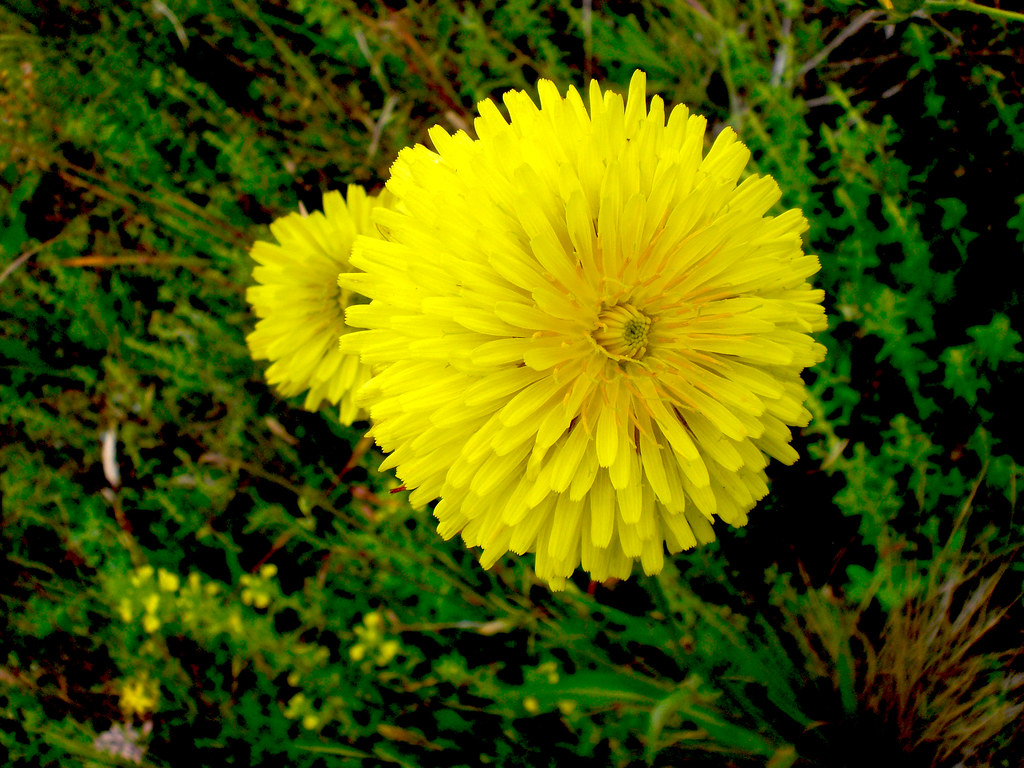
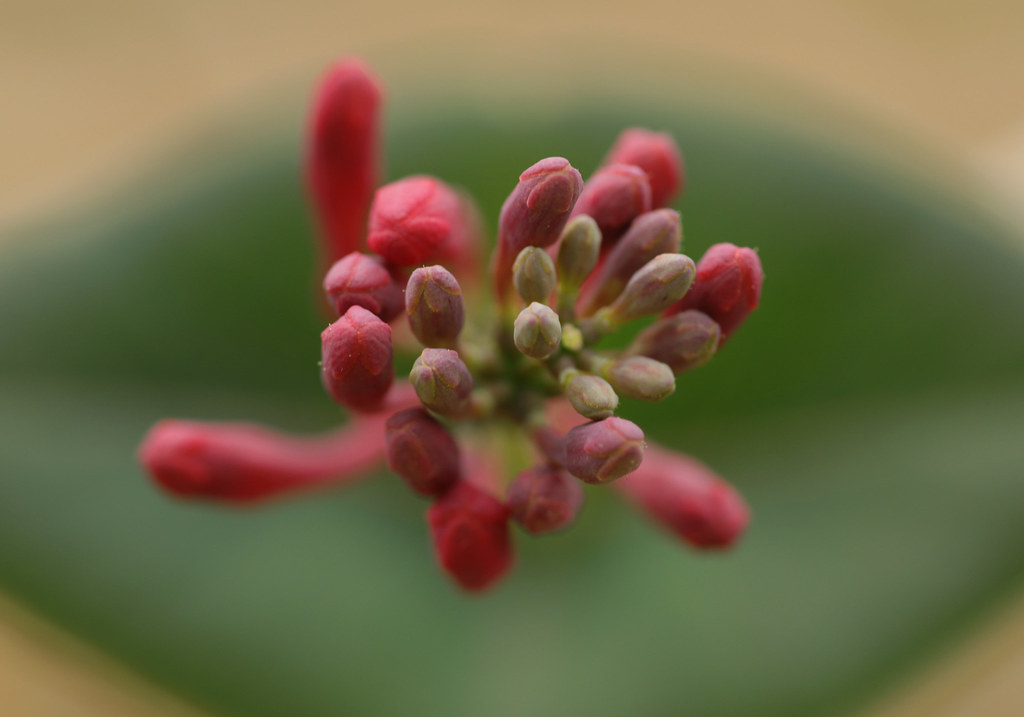
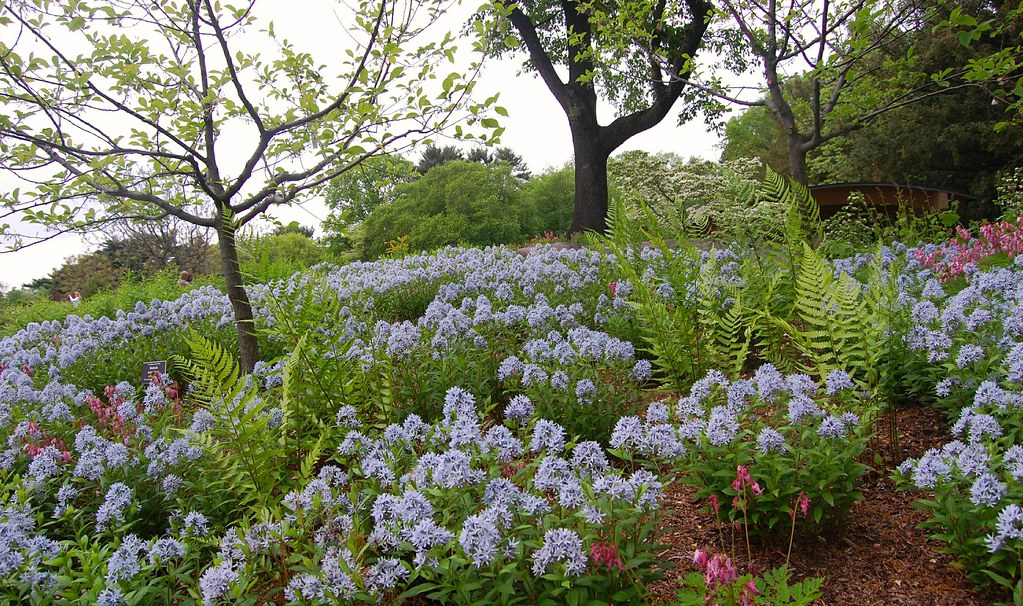
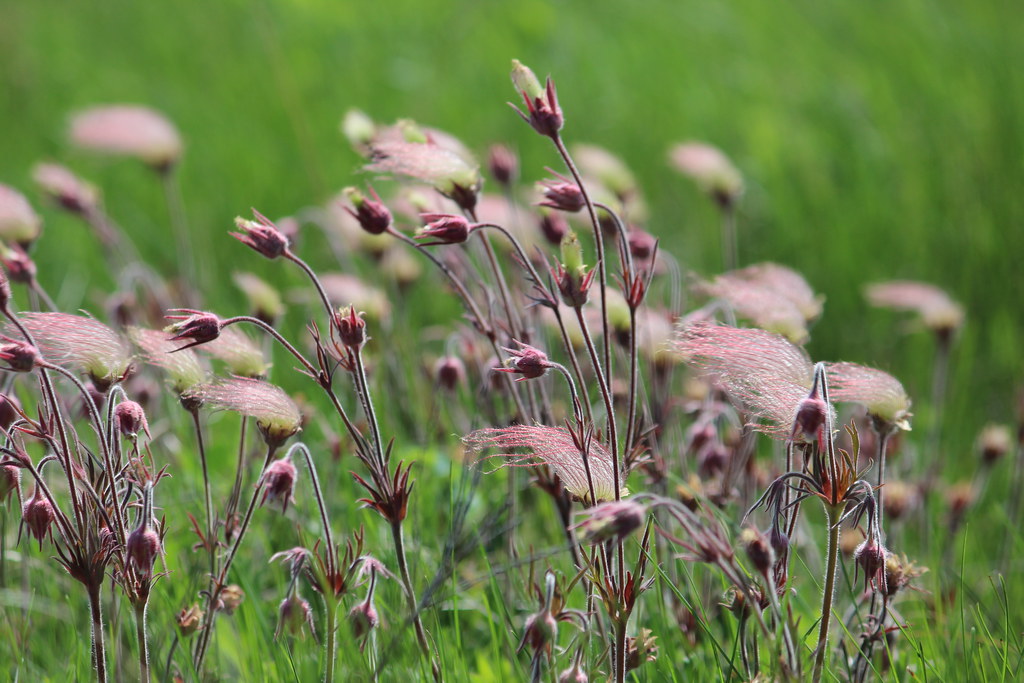
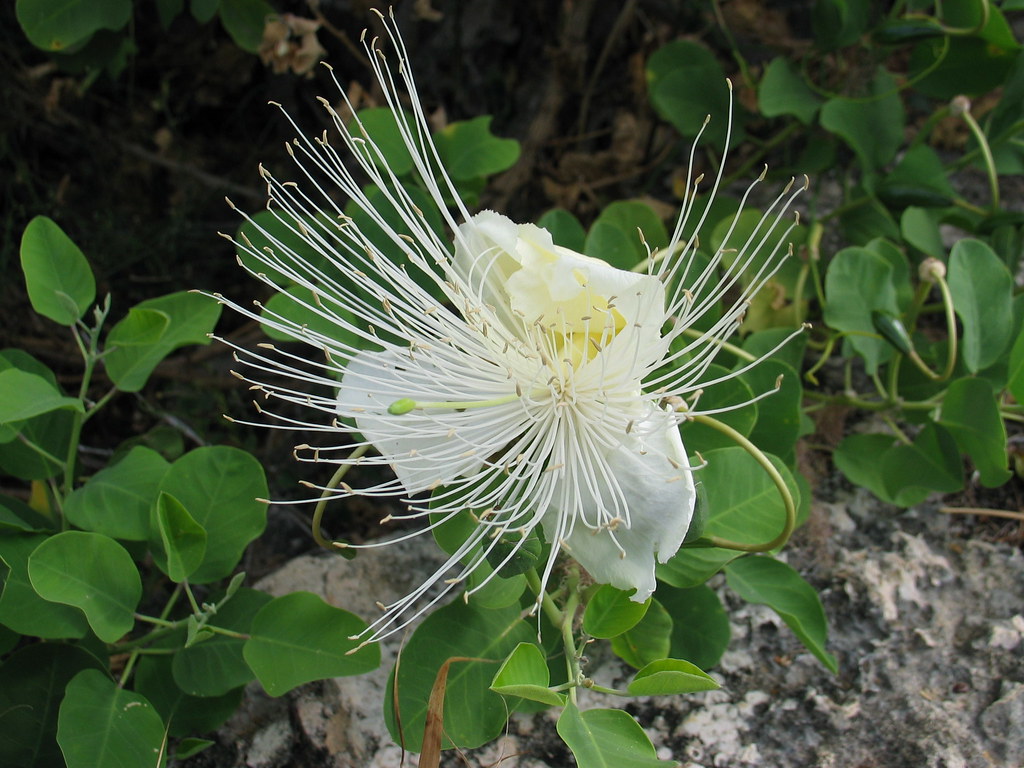
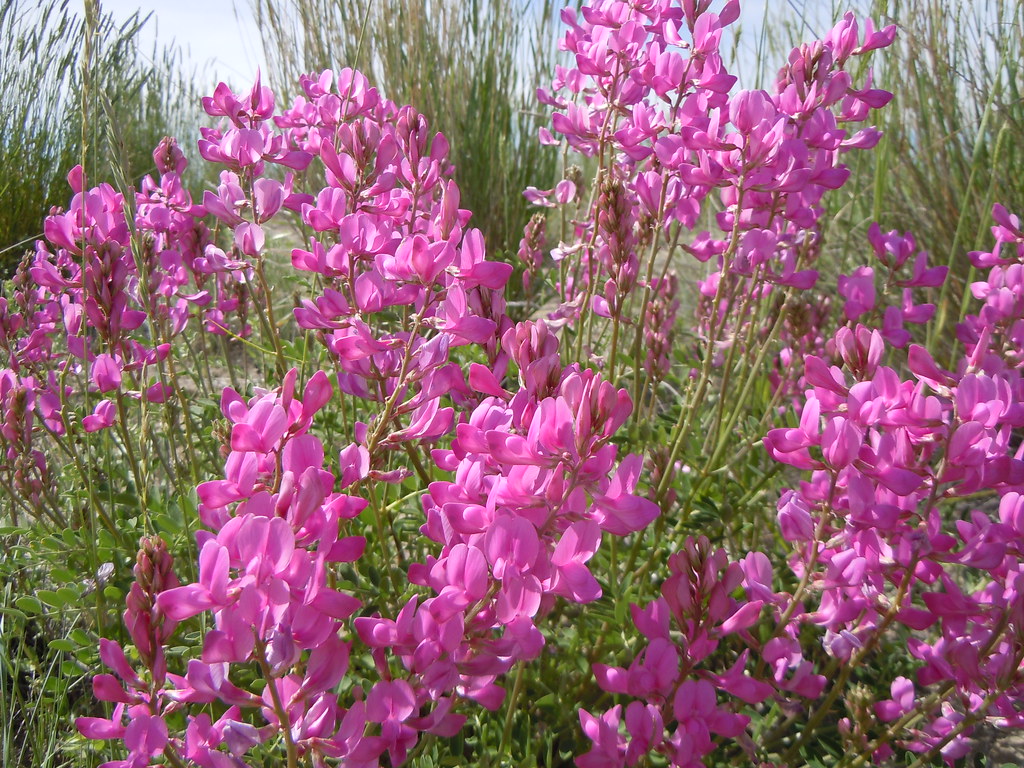
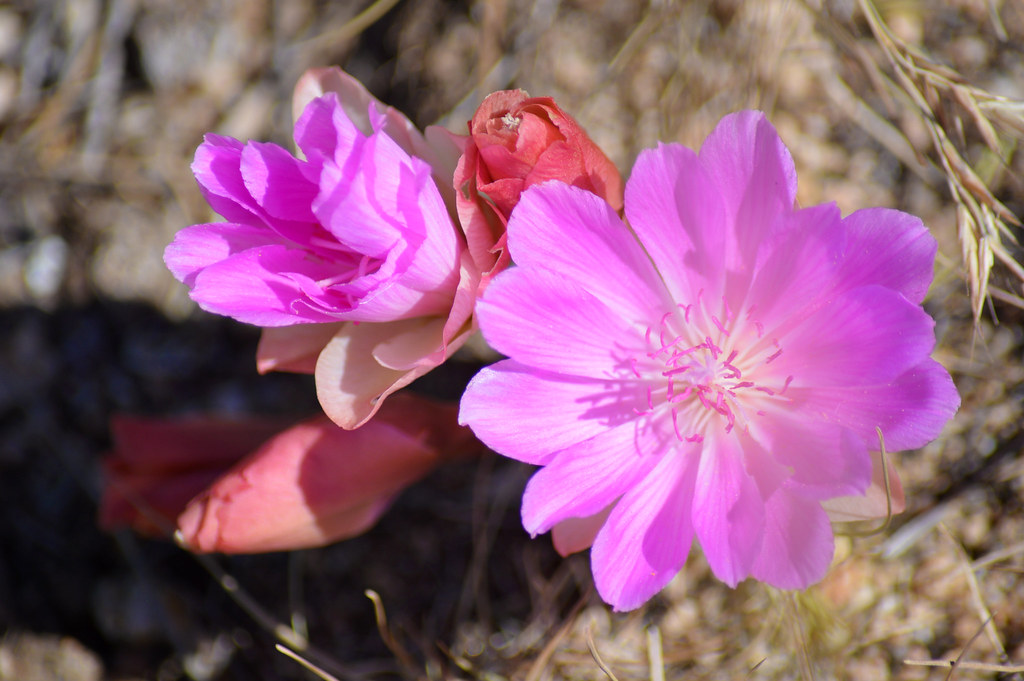
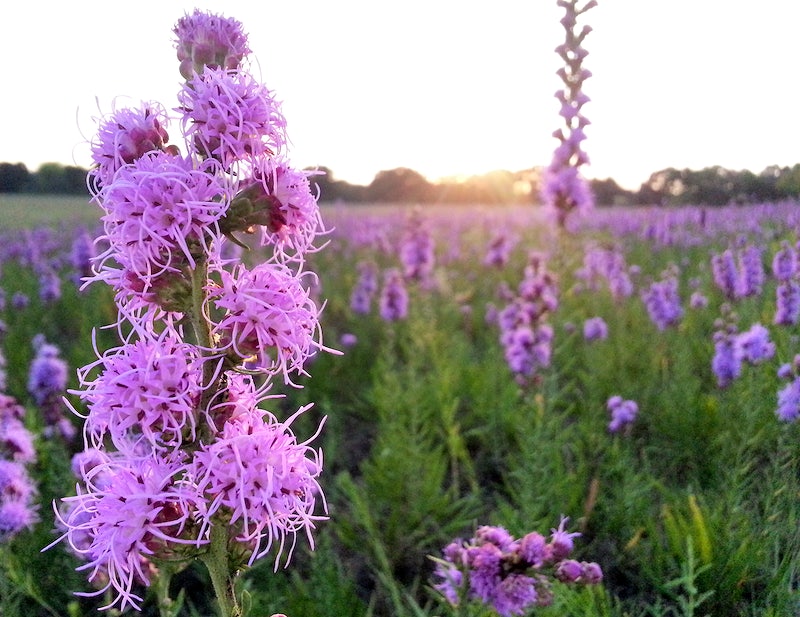
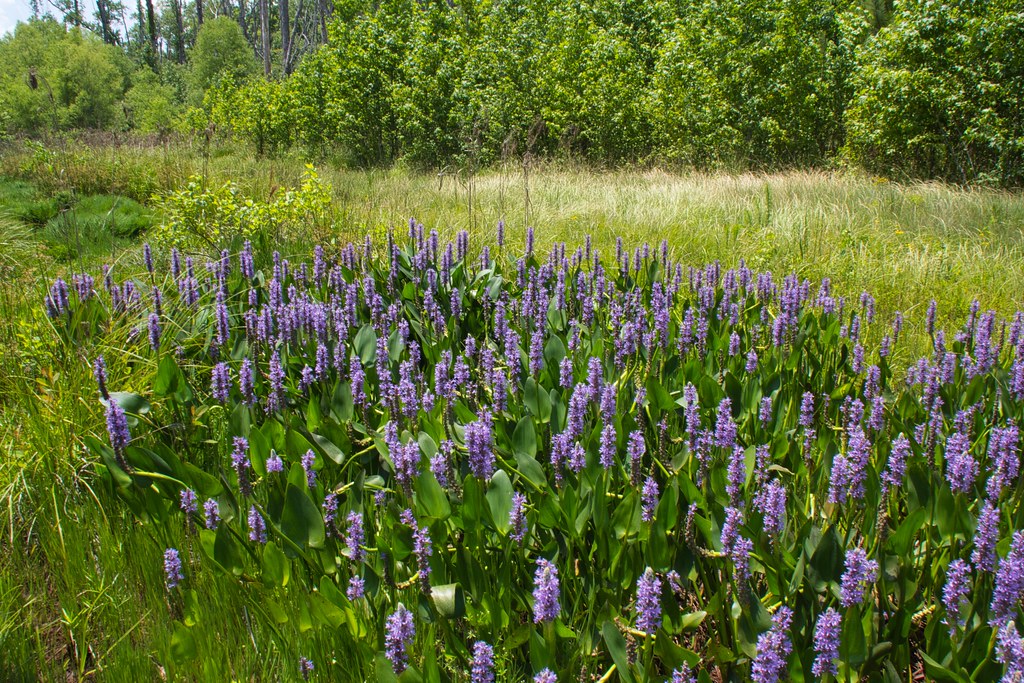
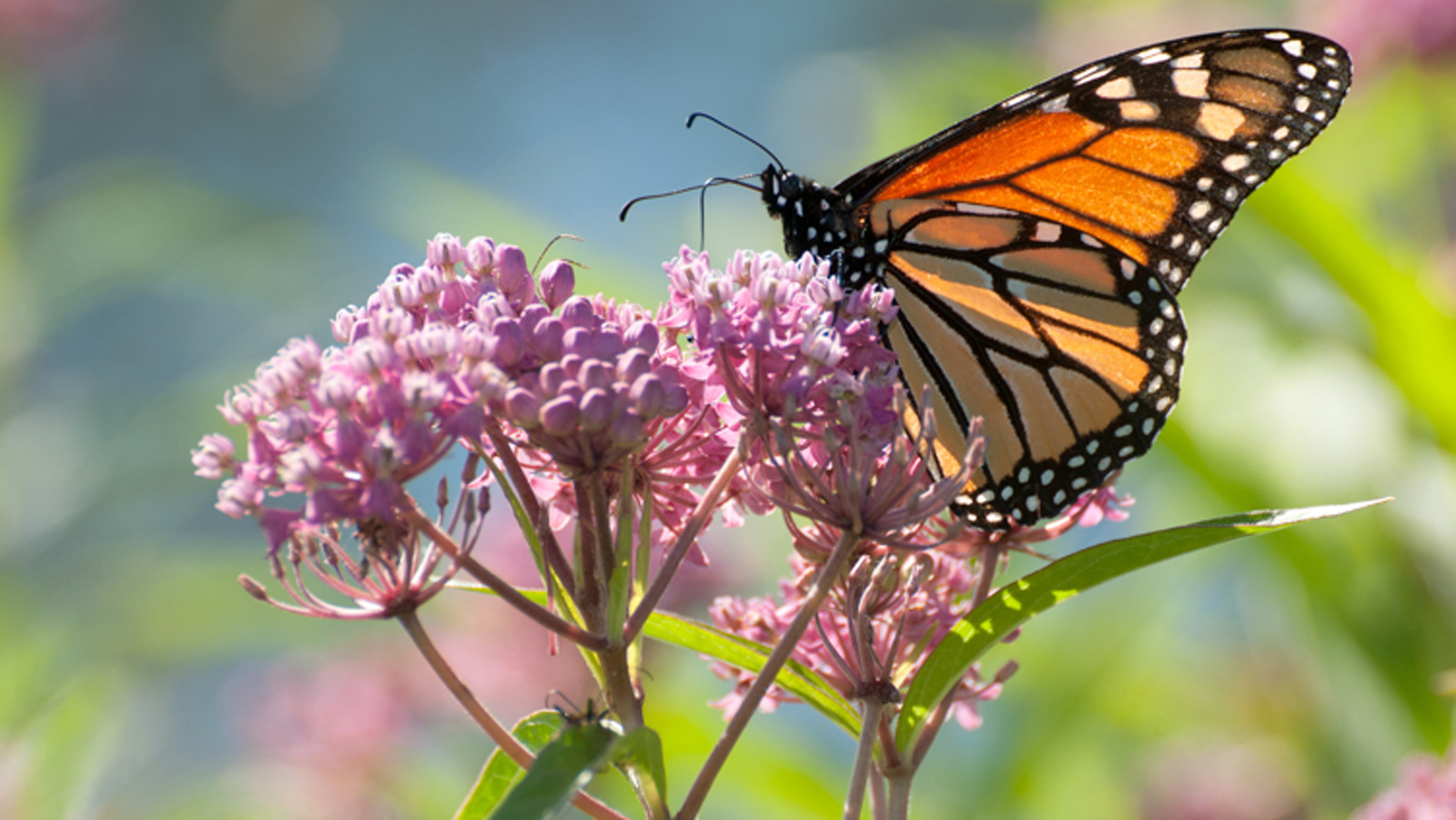
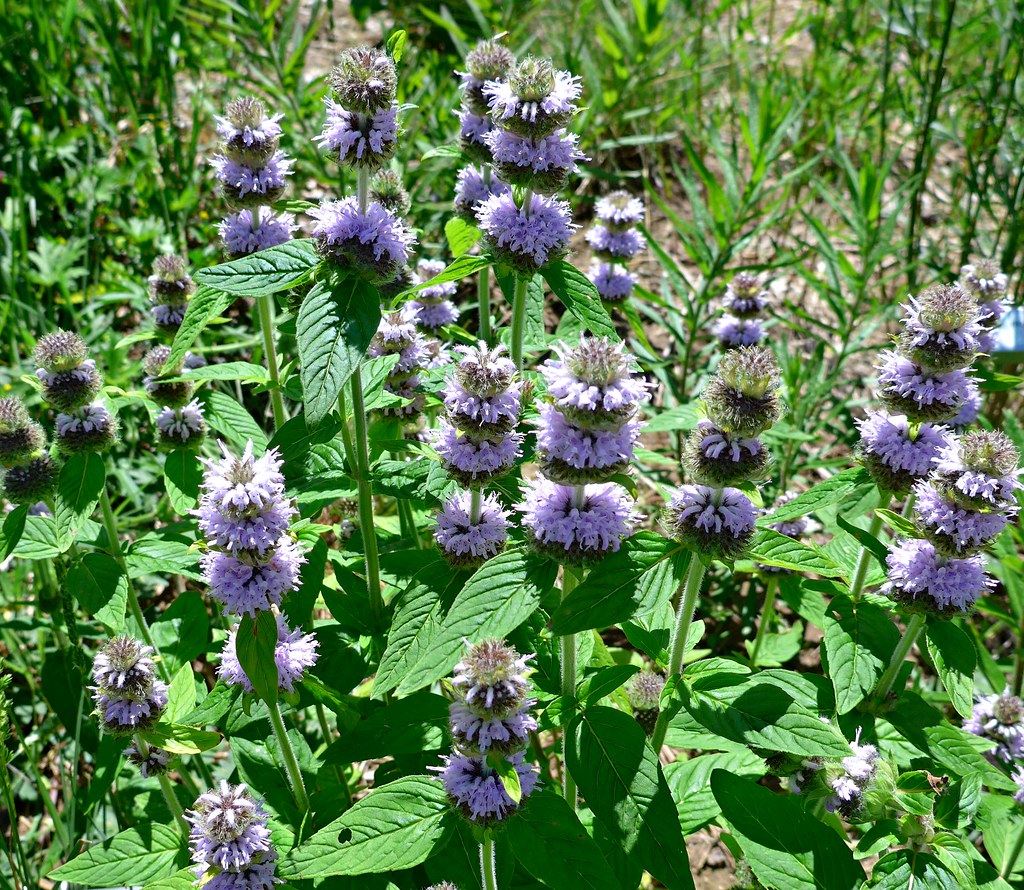
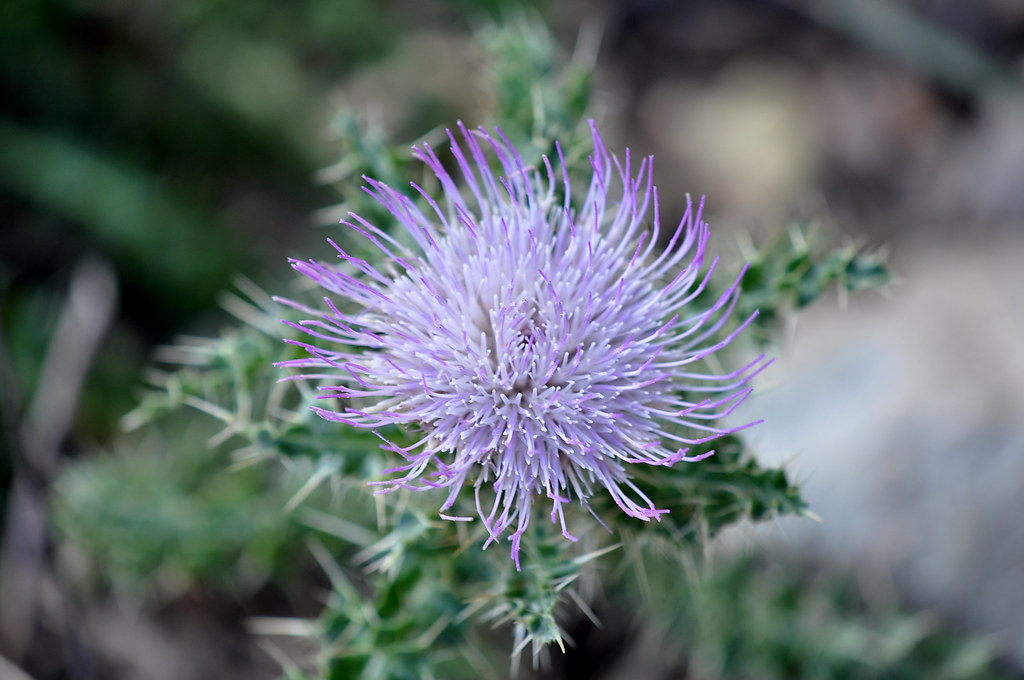
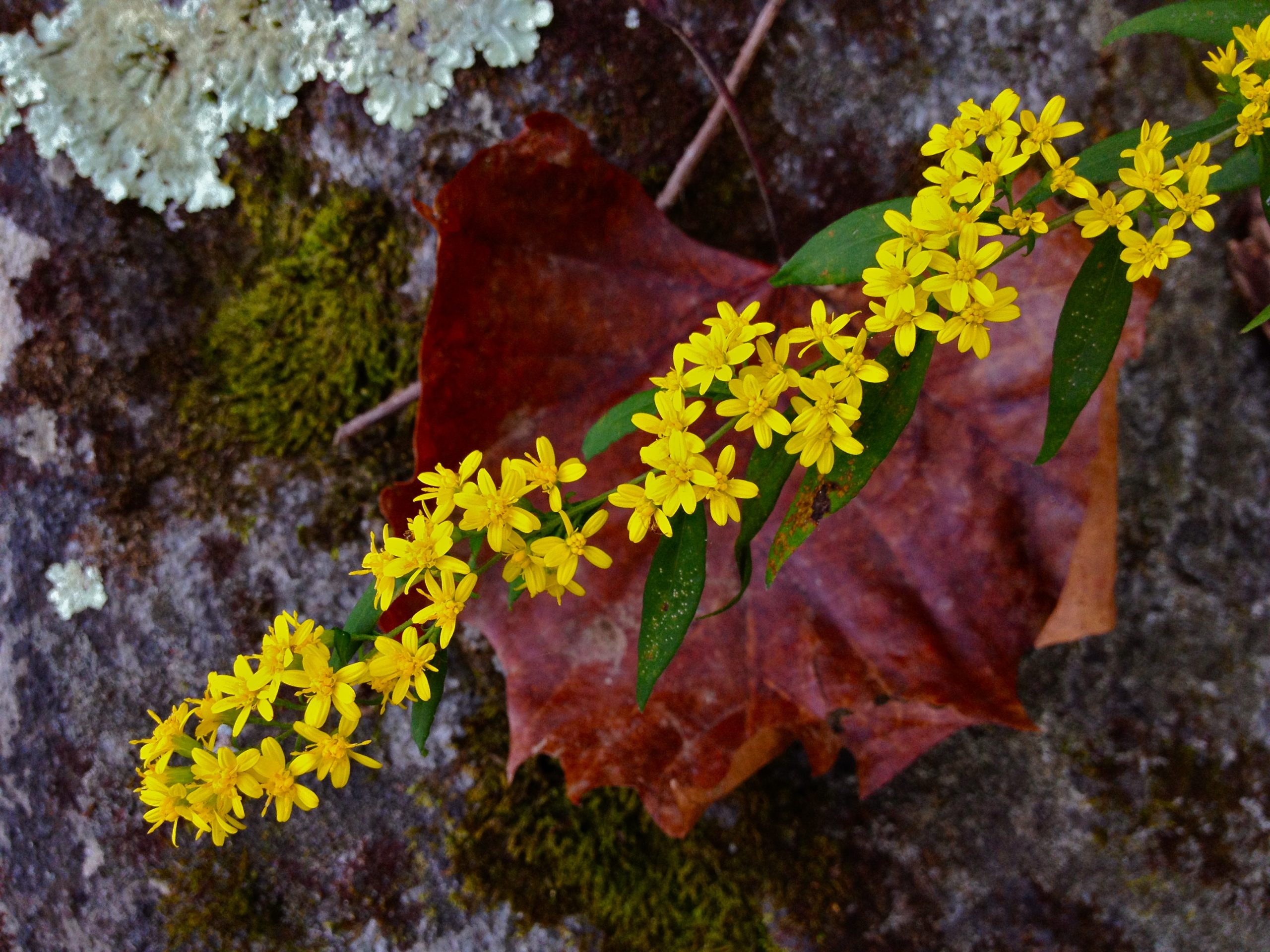
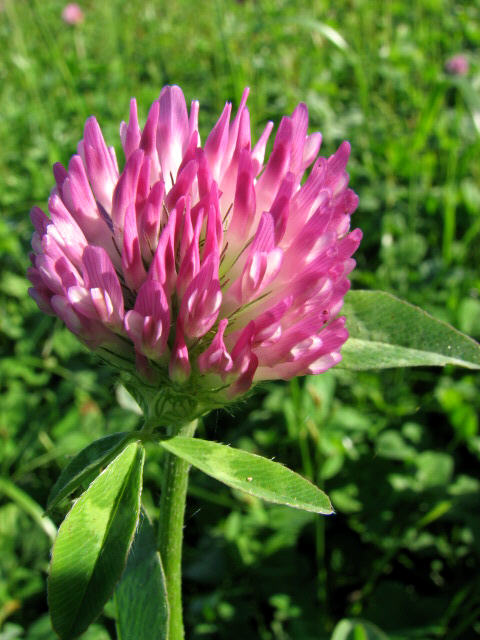
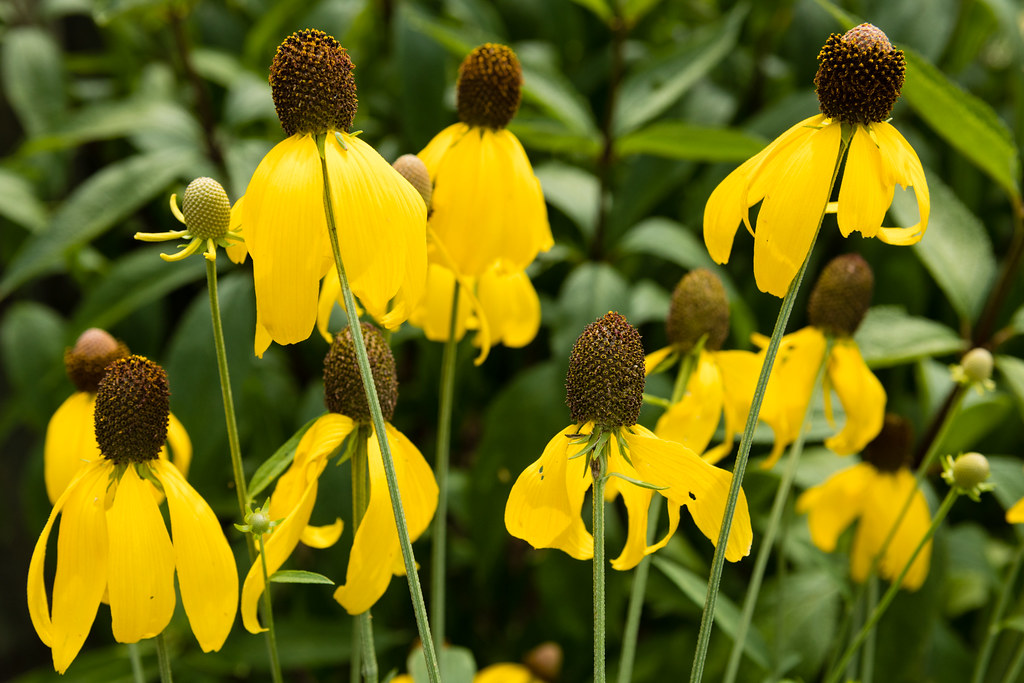
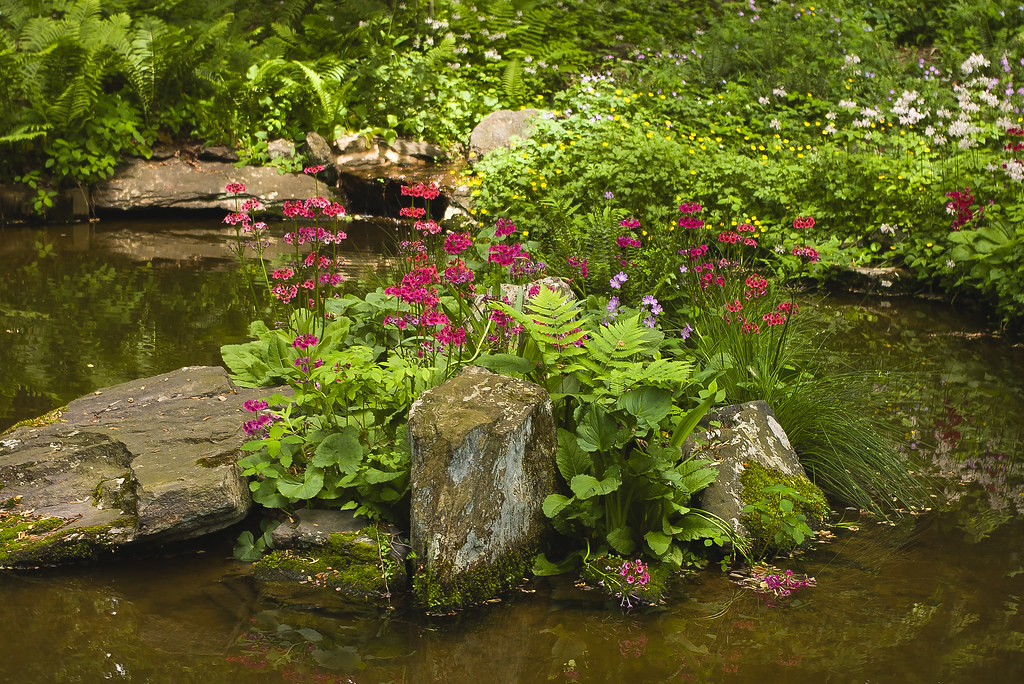
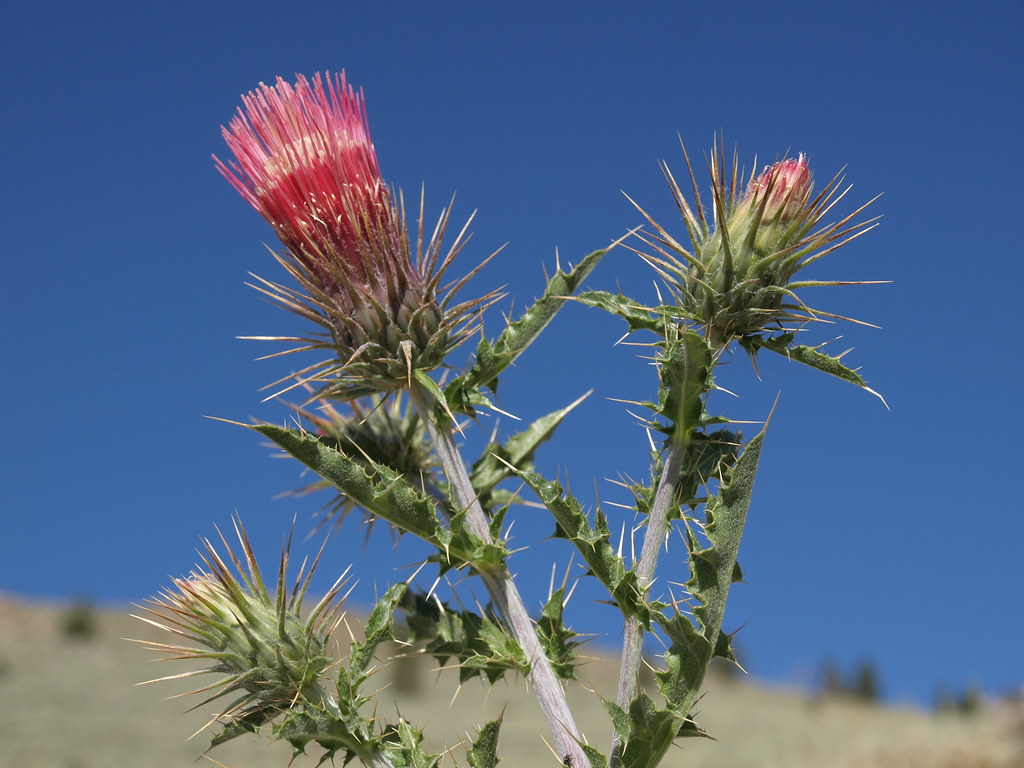
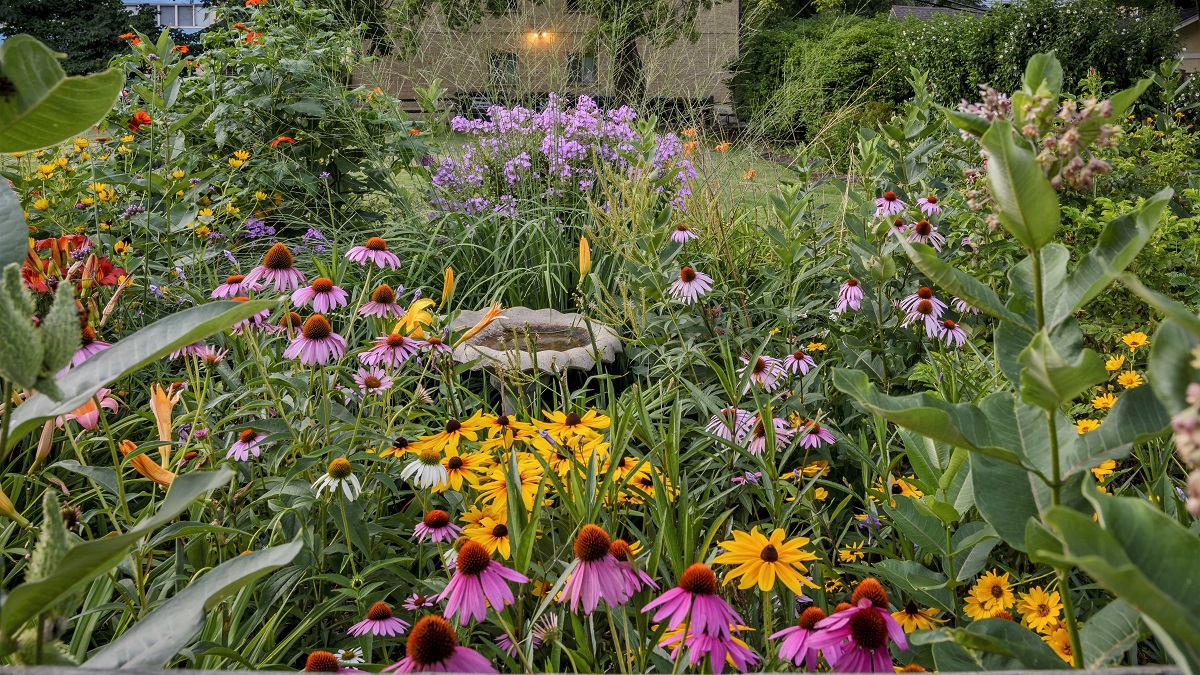
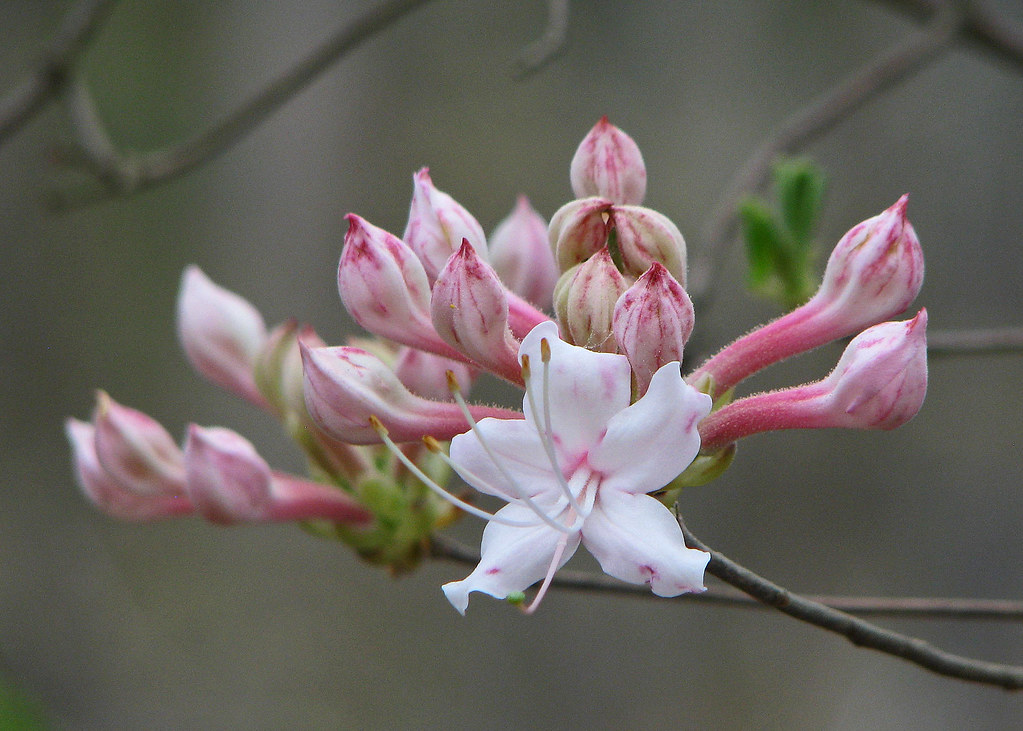
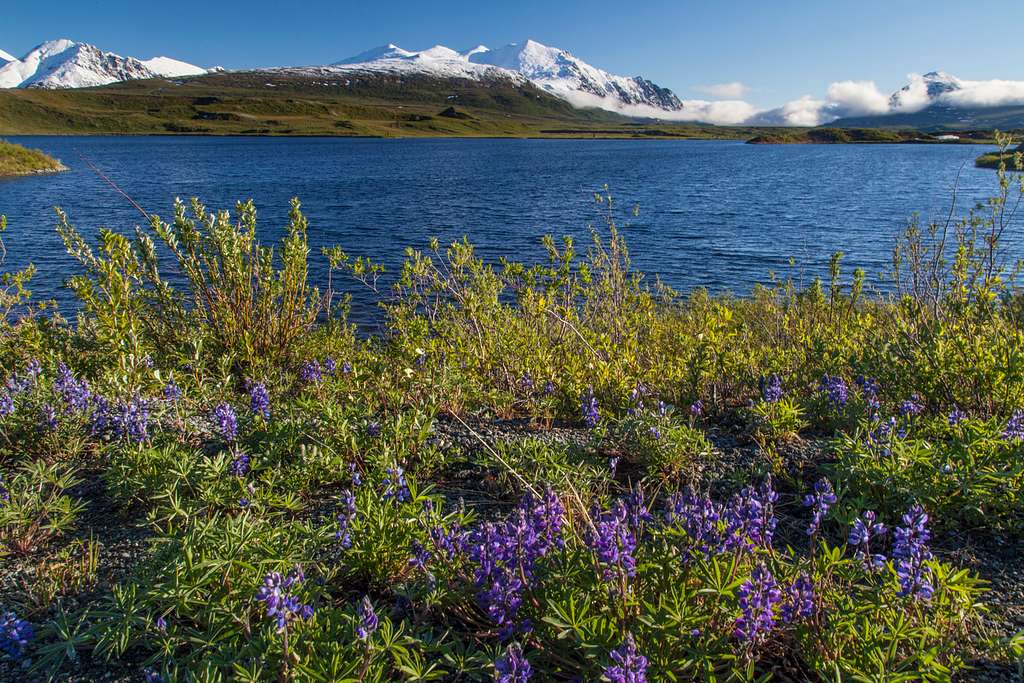
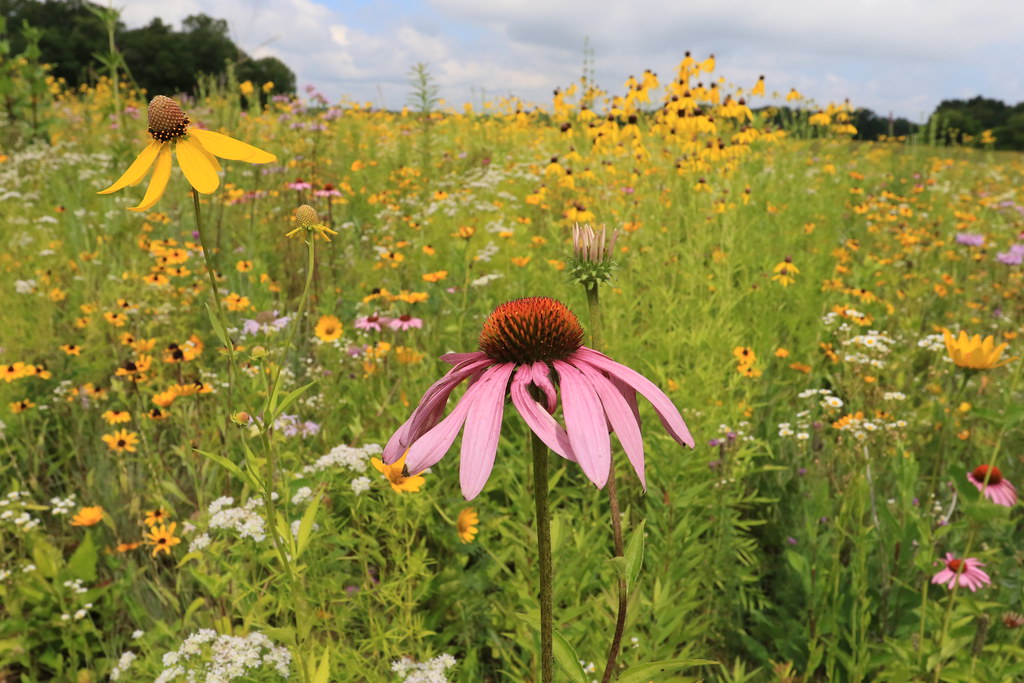
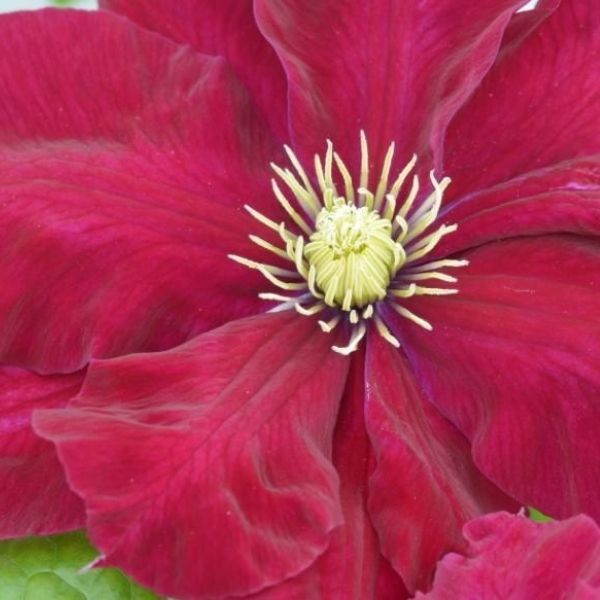
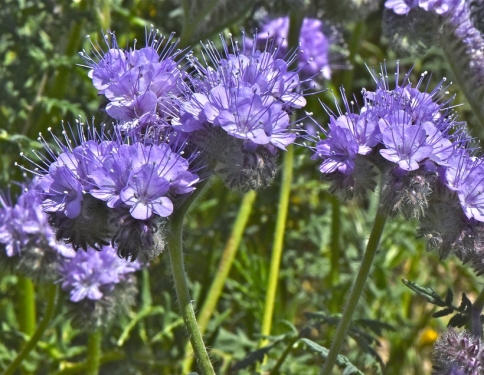

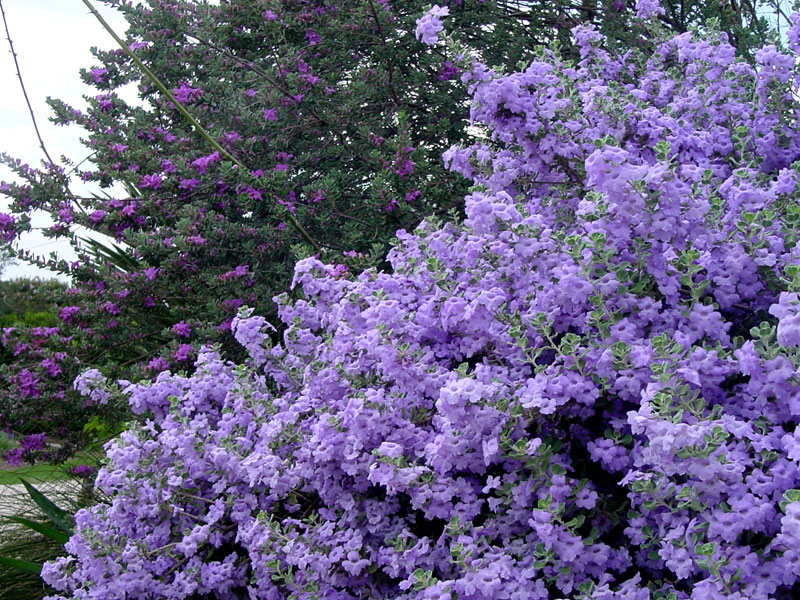
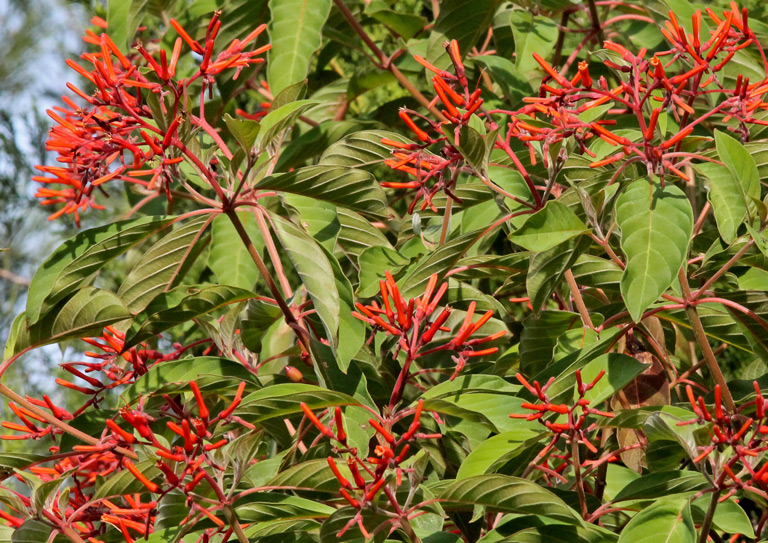
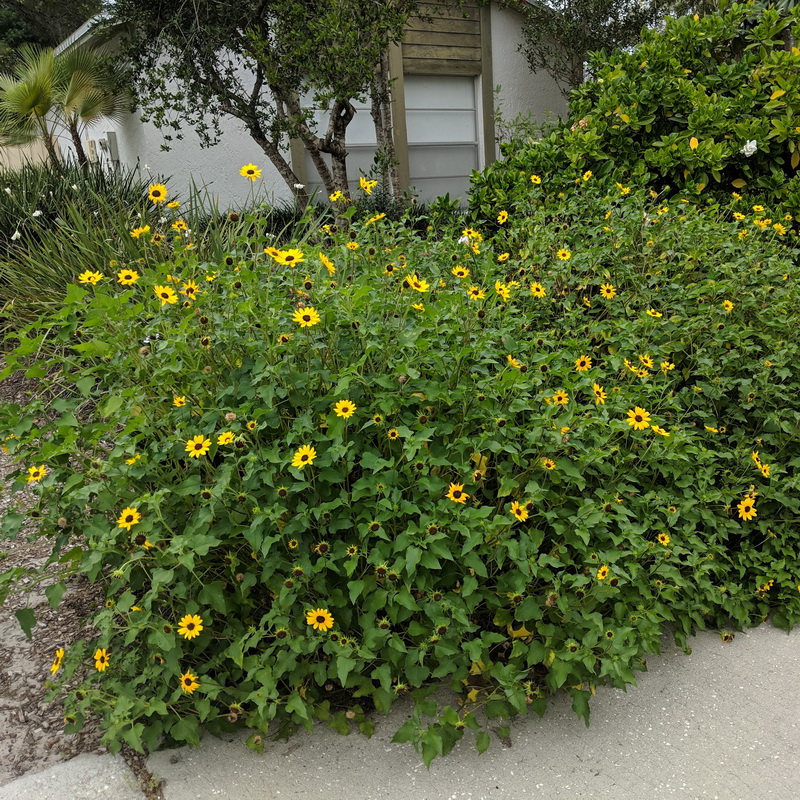
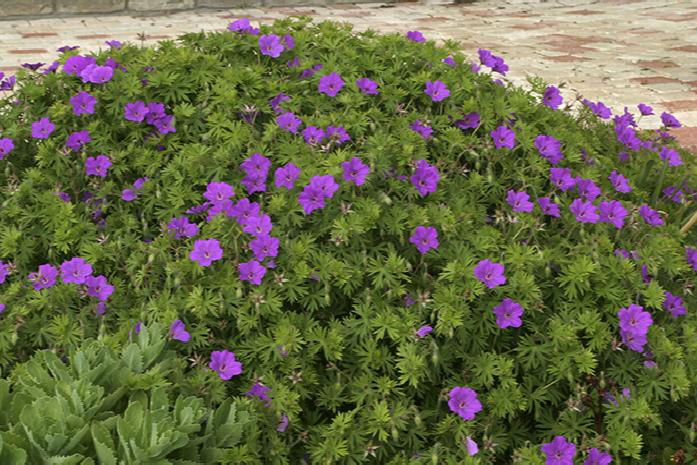
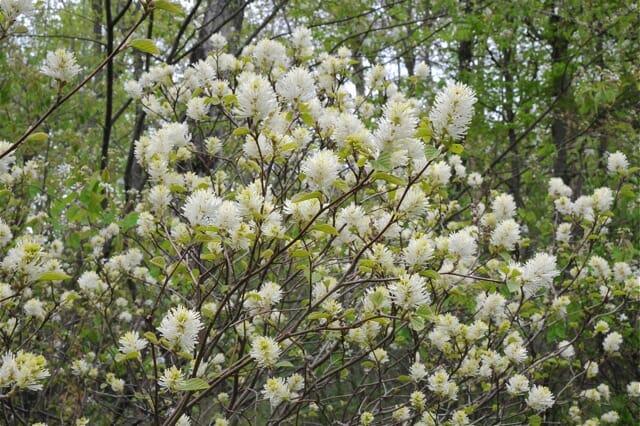
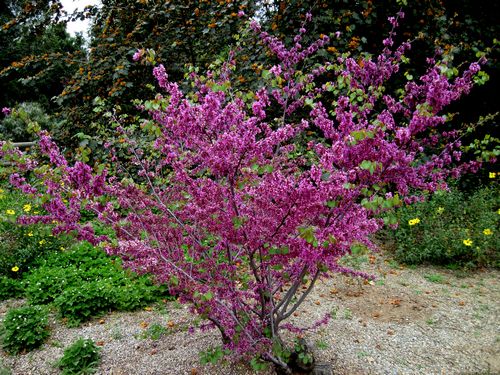

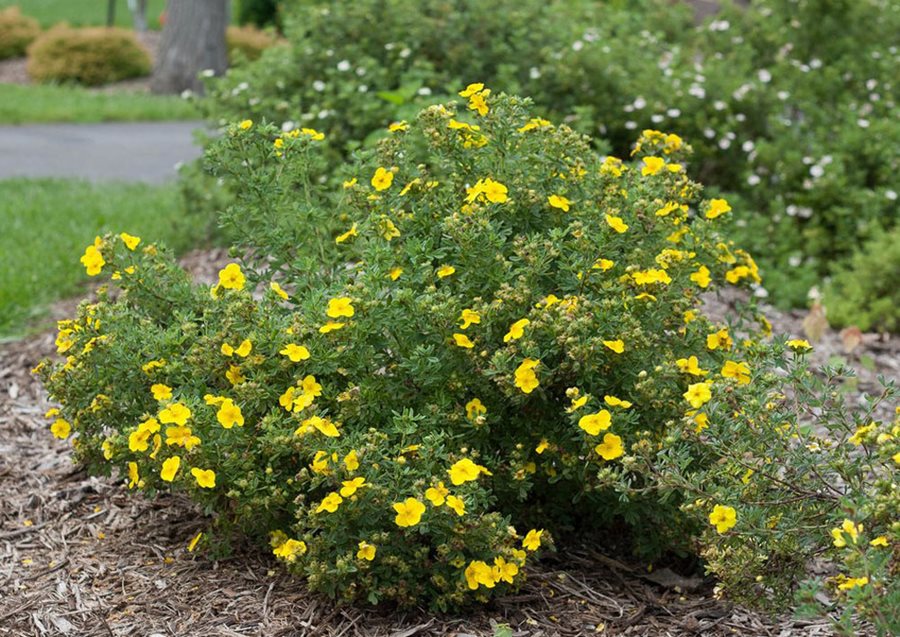
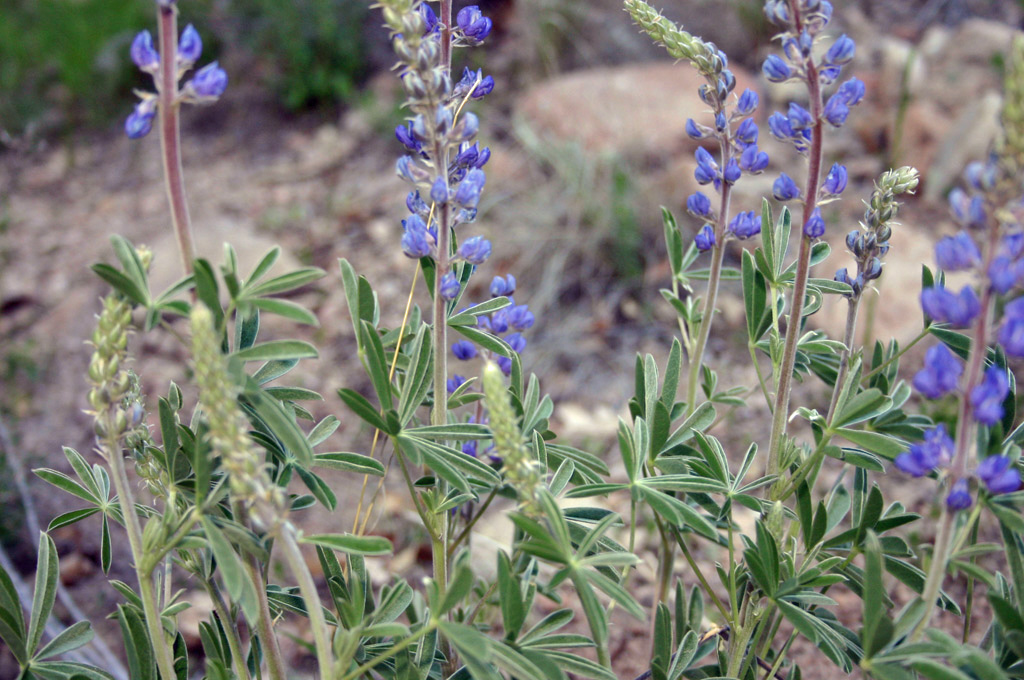
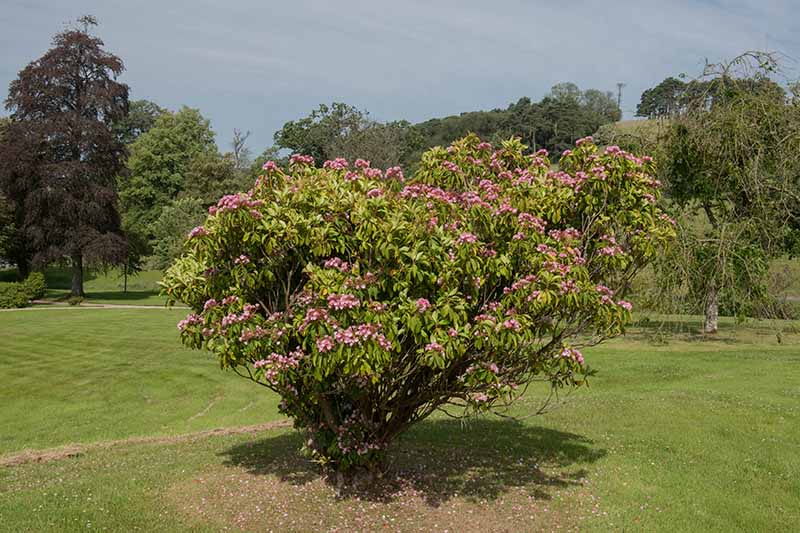
![Indiana Native Plants for Landscaping [with Pictures]](https://plantnative.org/wp-content/uploads/2022/07/american-cranberry.jpg)
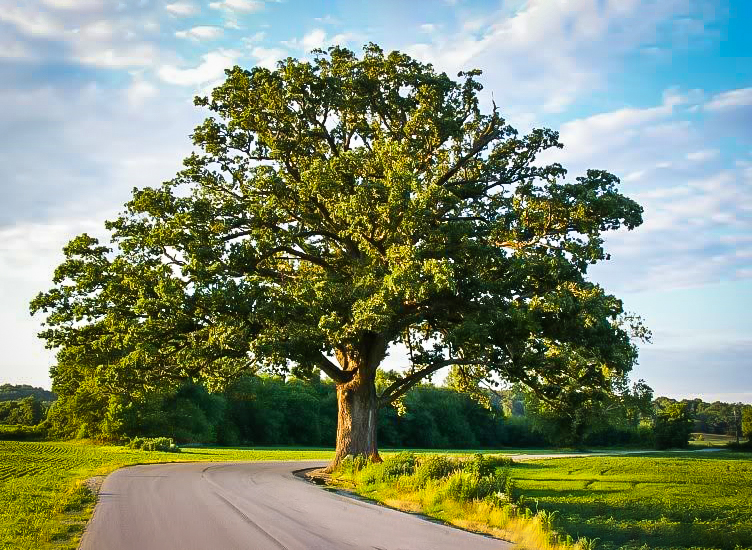
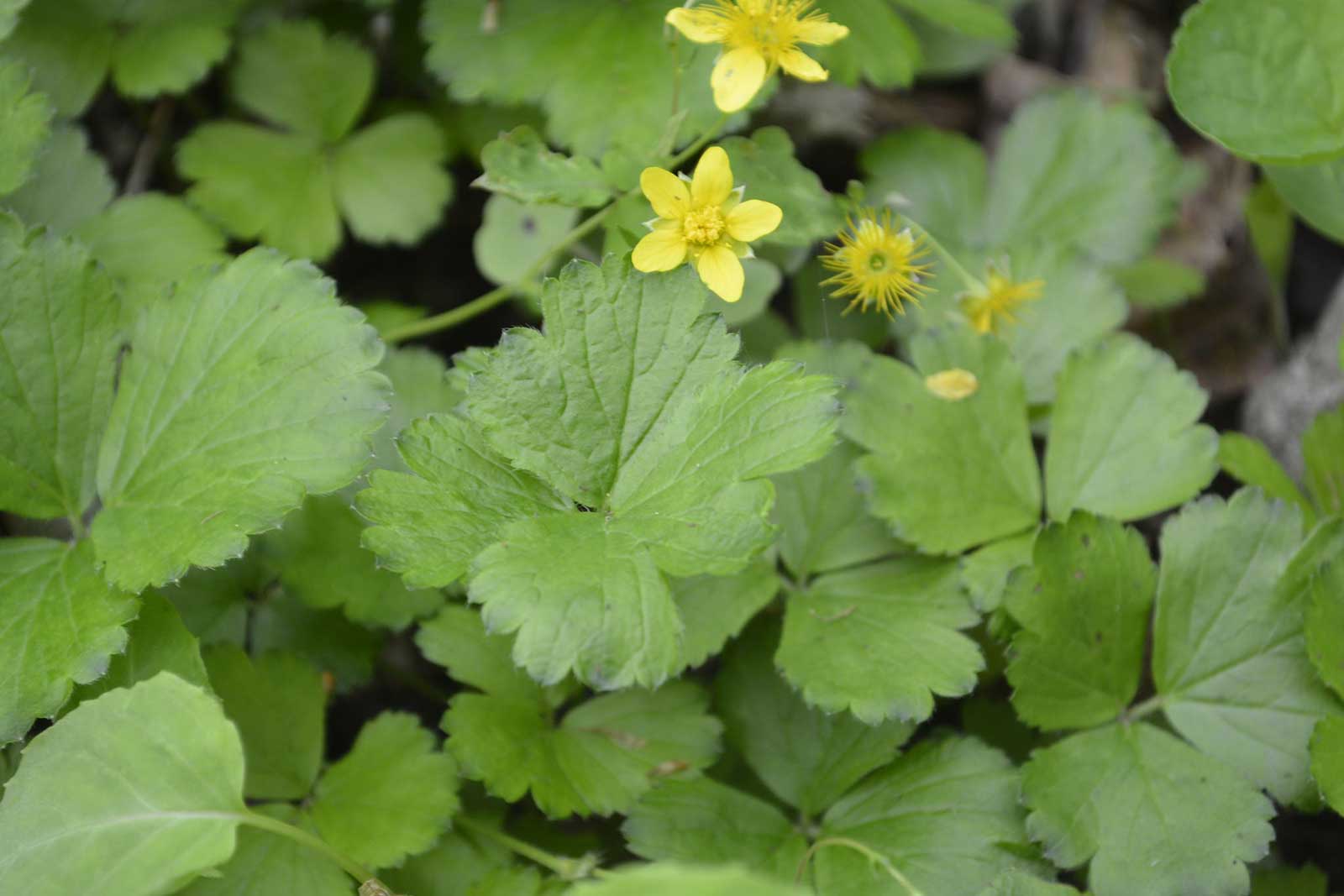
![Plants Native to Oklahoma for Landscaping [with Pictures]](https://plantnative.org/wp-content/uploads/2022/07/narrowleaf-praire-rose.jpg)
![Michigan Native Plants for Landscaping [with Pictures]](https://plantnative.org/wp-content/uploads/2022/07/blue-violet.jpg)
![Native Missouri Plants for Landscaping [with Pictures]](https://plantnative.org/wp-content/uploads/2022/07/rabbit-tobacco-1.jpg)
![Connecticut Native Plants for Landscaping [with Pictures]](https://plantnative.org/wp-content/uploads/2022/07/steeplebush.jpg)
![New York Native Plants For Landscaping [with Pictures]](https://plantnative.org/wp-content/uploads/2022/07/horsetail.jpg)
![Native Colorado Plants for Landscaping [with Pictures]](https://plantnative.org/wp-content/uploads/2022/07/rabbitbrush.jpg)
![Native Ohio Plants for Landscaping [with Pictures]](https://plantnative.org/wp-content/uploads/2022/07/rubus-flagellaris.jpg)
![Plants Native to Virginia for Landscaping [with Pictures]](https://plantnative.org/wp-content/uploads/2022/07/virginia-spiderwort.jpg)
![South Carolina Native Plants for Landscaping [with Pictures]](https://plantnative.org/wp-content/uploads/2022/07/eastern-hemlock.jpg)
